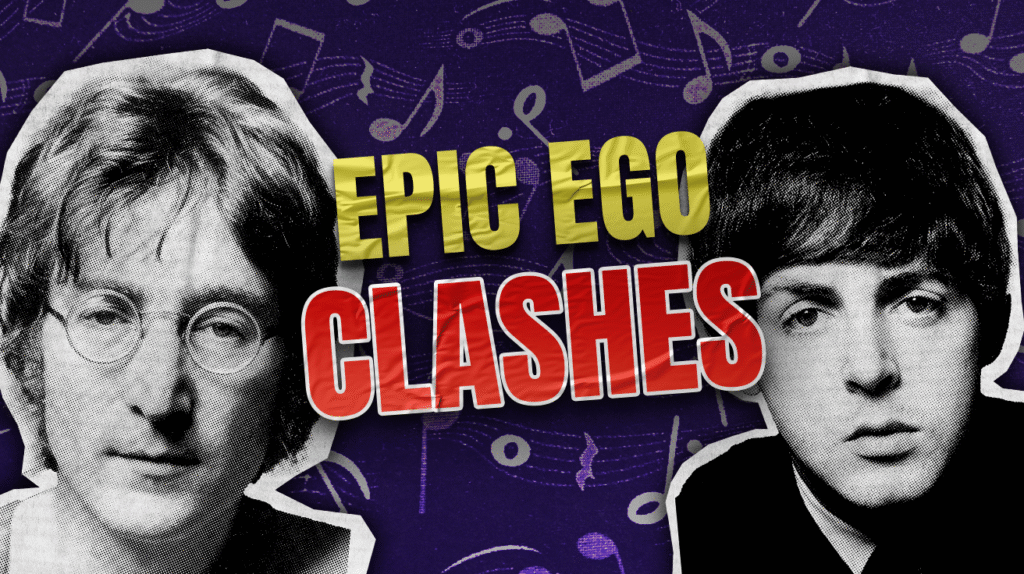
You thought your family gatherings were awkward? These bands turned interpersonal warfare into platinum-selling art. From sibling rivalries to creative differences settled with lawyers, these feuds prove the real show happens backstage.
10. Pantera: When Brotherhood Becomes a Blood Bath

Phil Anselmo‘s relationship with the Abbott brothers deteriorated into metal’s most tragic feud. His heroin addiction created distance that grew into open hostility. Anselmo’s infamous 2004 Metal Hammer comment that Dimebag “deserves to be beaten severely”—captured by Metal Hammer coverage—became their feud’s darkest moment. Months later, Dimebag was murdered onstage by an unrelated gunman.
9. Smashing Pumpkins: Billy Corgan’s Creative Kingdom
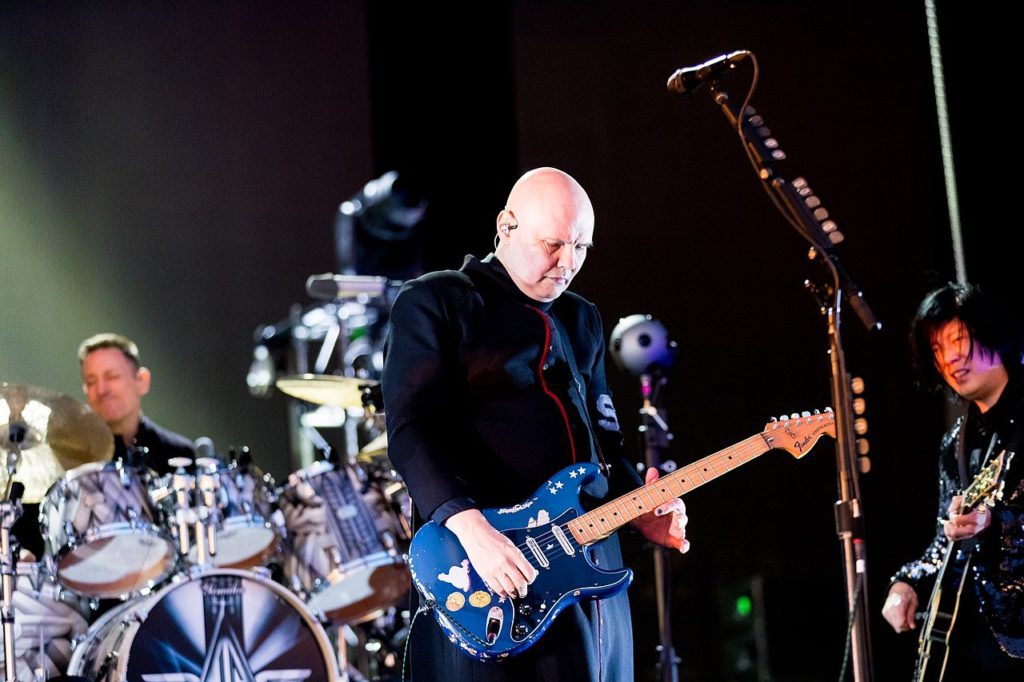
Billy Corgan turned The Smashing Pumpkins into his personal creative kingdom. James Iha learned this harsh reality as his role diminished under Corgan’s dominating vision.
Corgan’s brutal 2012 NME assessment, calling Iha “just a piece of s—“ and “one of the worst human beings I’ve ever met,” (NME interview context) revealed the toxic dynamic brewing beneath their alternative rock success.
8. Alice in Chains: Beautiful Destruction in Perfect Harmony

Layne Staley and Jerry Cantrell‘s relationship was musical magic wrapped in personal catastrophe. Their creative partnership produced grunge’s most haunting harmonies while Staley’s addiction slowly consumed both men. Cantrell wrote songs as desperate attempts to reach his drowning friend, turning personal pain into artistic brilliance. Their tension created an undercurrent of sadness that defined their sound.
7. Oasis: The Gallagher Brothers’ Lifelong War

Liam and Noel Gallagher turned sibling rivalry into performance art. Their public spats included cricket bat incidents, tambourine attacks, and walkouts that became Britpop legend. Noel’s 1994 departure from their US tour after Liam’s tambourine assault was just the beginning. Their feud outlasted the band by over a decade, proving some wounds never heal.
6. Motley Crue: Functional Dysfunction at Its Finest
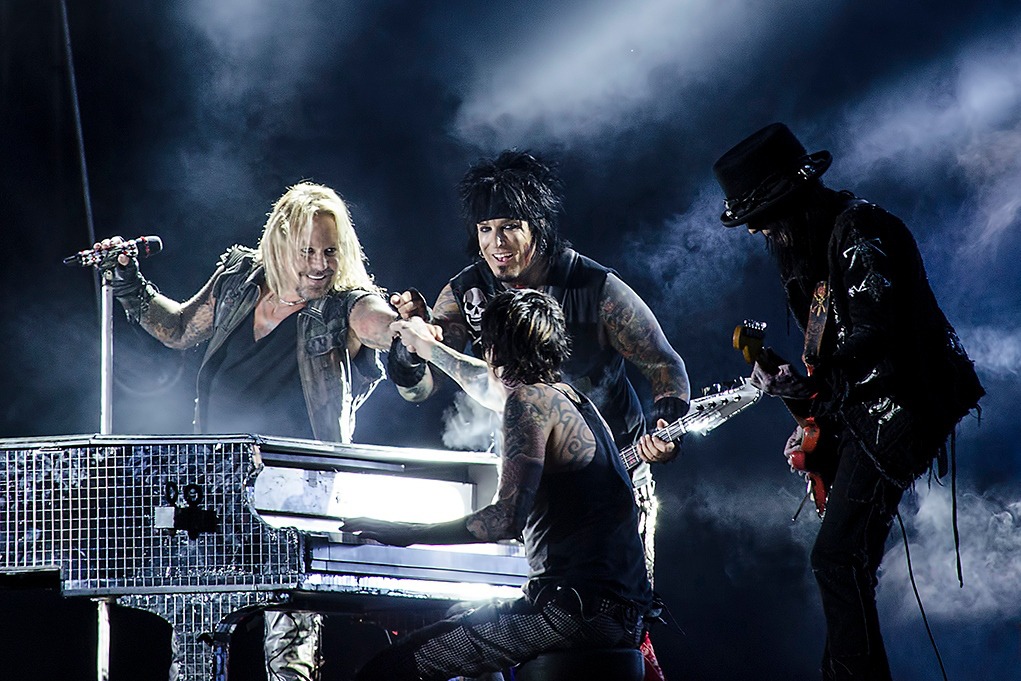
Mötley Crüe mastered the art of working together while barely tolerating each other. Their relationship evolved into what they’ve described as “functional dysfunction”—professional necessity without personal connection. Four misfits who discovered that mutual indifference could fund retirement plans. Their backstage tensions meant nothing to fans craving nostalgia. Sometimes business partnerships work better than friendships.
5. Guns N’ Roses: Axl Rose’s Kingdom of Chaos

Axl Rose‘s controlling nature turned every band decision into a battlefield. His conflicts with virtually every member became rock legend, with Slash bearing the brunt of his perfectionist wrath. Rose’s need for control suffocated collaboration, creating an environment where creativity required survival skills. The current reunion feels like a carefully negotiated ceasefire between former enemies who’ve learned to compartmentalize.
4. Van Halen: Showman vs. Virtuoso
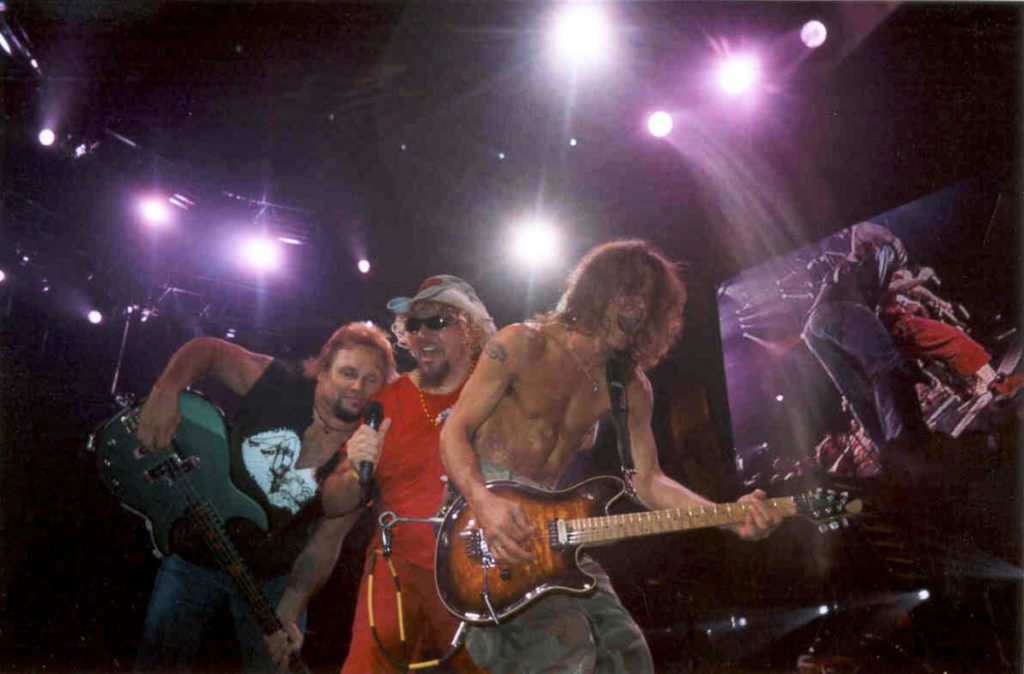
David Lee Roth‘s theatrical vision clashed with Eddie Van Halen‘s musical perfectionism—like mixing a Vegas lounge act with a classical conservatory. One prioritized entertainment spectacle, the other technical innovation. Their contrasting personalities created both magic and mayhem. While major acts like Def Leppard found harmony between showmanship and skill, Van Halen’s creative tension proved that sometimes oil and water make the best emulsion.
3. Fleetwood Mac: Love, Lies, and Legendary Albums
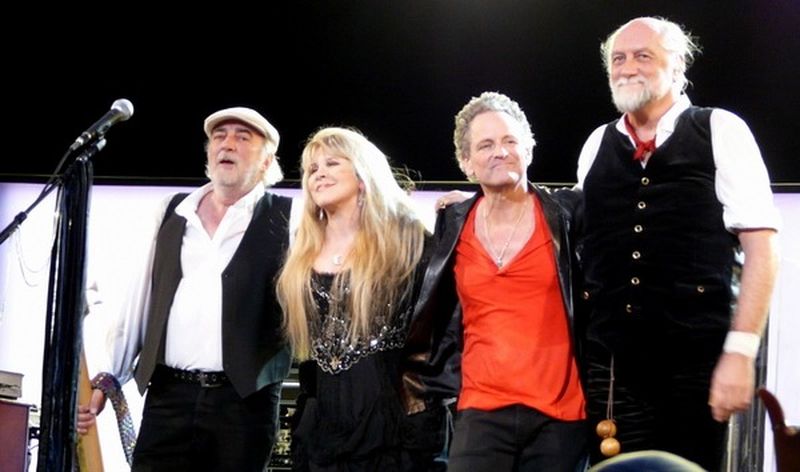
Fleetwood Mac turned romantic devastation into commercial gold. Multiple divorces and breakups within the band became the raw material for some of rock’s most enduring songs. John and Christine McVie‘s divorce, Stevie Nicks and Lindsey Buckingham‘s tumultuous relationship—all happening while touring together nightly. Their personal chaos created “Rumours,” proving heartbreak sells better than happiness every single time.
2. The Beatles: When Genius Turns Toxic
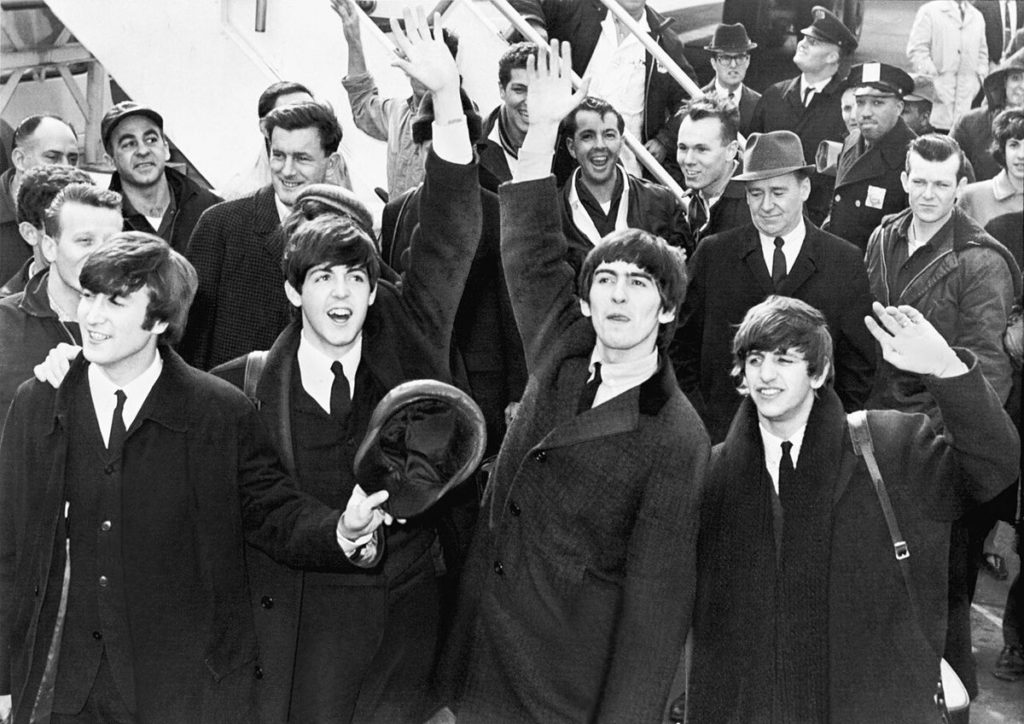
The Fab Four‘s breakdown remains rock’s greatest tragedy. Creative differences between John Lennon and Paul McCartney escalated into bitter personal animosity that even Apple Records couldn’t resolve. Business disputes and artistic disagreements culminated in their 1970 split. Lennon’s 1971 song How Do You Sleep? served as a musical middle finger to his former songwriting partner—proving genius has limits.
1. Pink Floyd: The Wall Between Waters and Gilmour
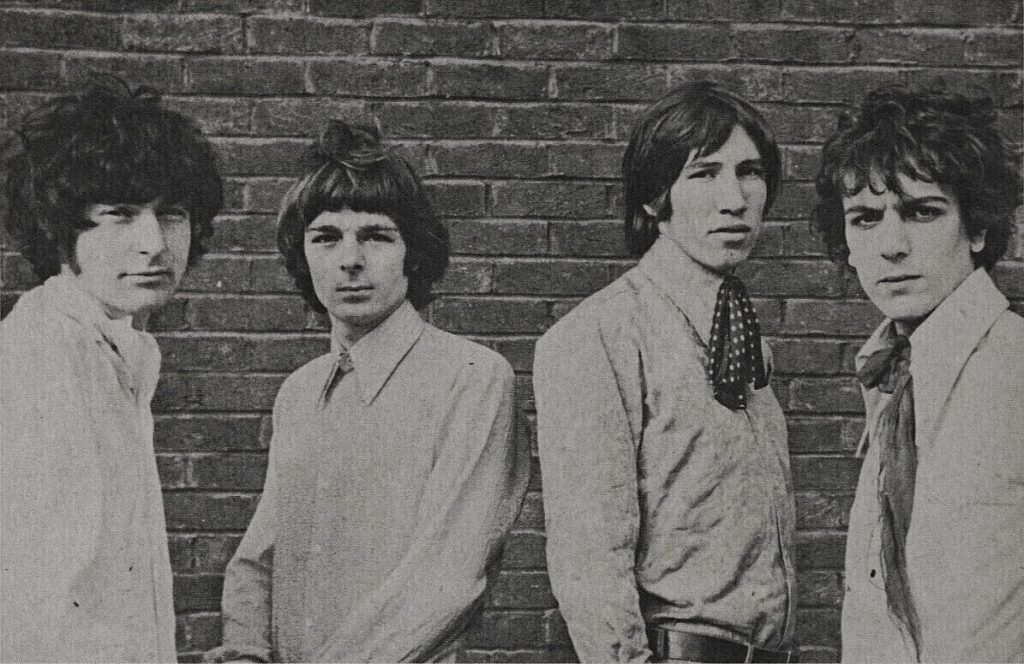
Roger Waters and David Gilmour‘s creative partnership became a decades-long legal nightmare. Waters’ 1985 departure triggered lawsuits that made “The Wall” look like a simple concept. Their inability to share creative control destroyed one of rock’s most innovative partnerships. Waters later expressed regret over the legal battles, but some creative differences prove irreconcilable—even for progressive rock legends.





















